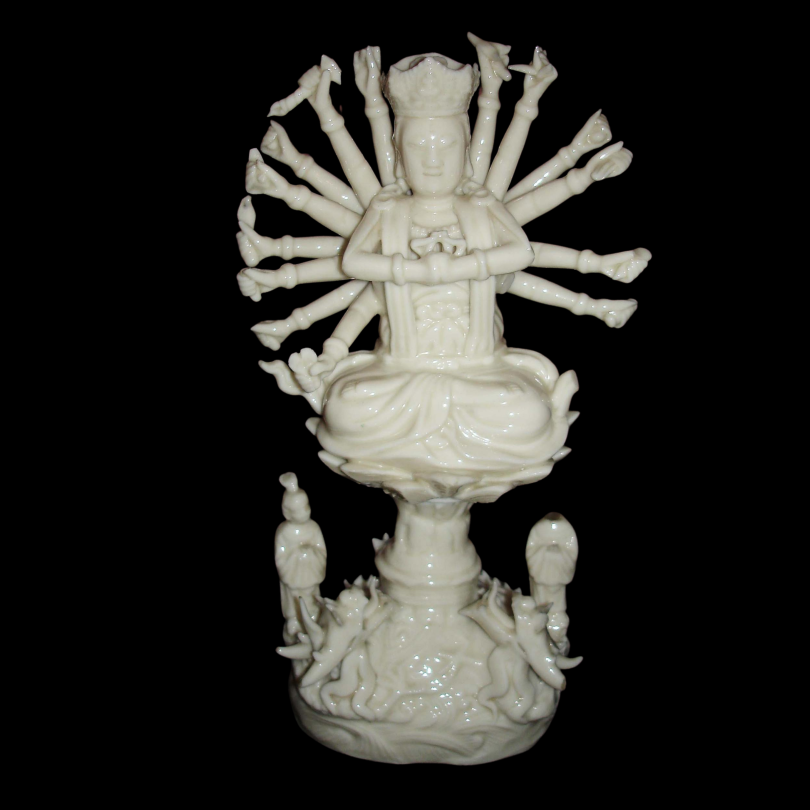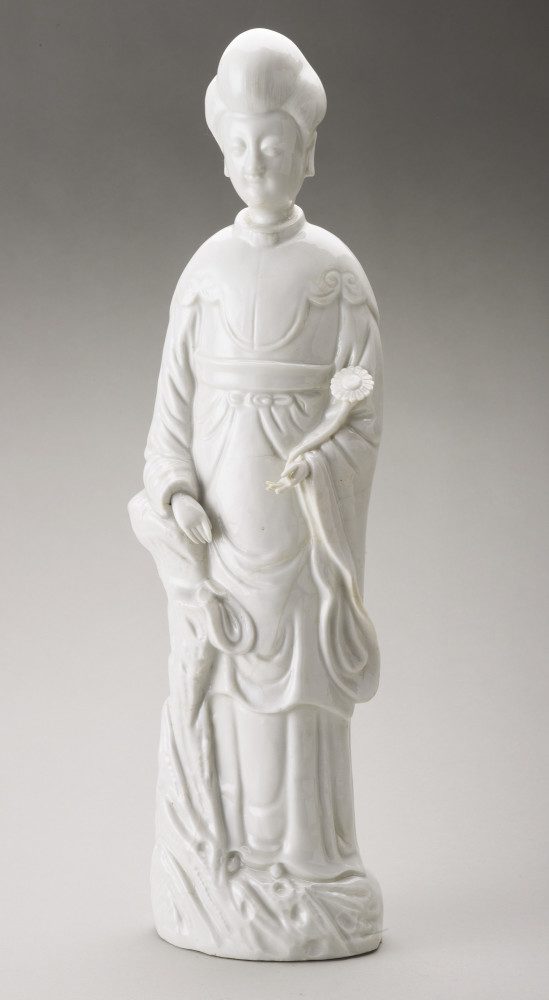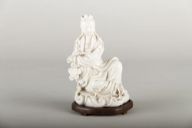Meet Guanyin
Guanyin, a Chinese translation of Avalokitesvara, is a bodhisattva (a person who is on the path of achieving Buddhahood). She appears in many forms and shapes. Guanyin can be displayed as masculine, feminine or with attributes of both genders. Within Chinese Buddhism, she appears in female form in her 7 female shapes out of 33 forms of incarnation. Guanshiyin, her full name, means ‘Observing the sounds of the world’[Cf, p 284]. She gives infinite compassion to humans by saving them from troubles and suffering and is worshipped for her miraculous virtues.
In Hong Kong, where I live, people nowadays still have a great attachment to the goddess Guanyin (Kwun Yum in Cantonese). Coastal villagers and fishermen passed down the tradition of enshrining patron saints to pray for safety and peace for their families. Paper offerings and incense sticks are available in most of the temples for worship ceremonies. Worshippers will also bring along their own offerings, for example foodstuff like fruit, roast pork and chicken.
Tin Hau Temple in Hong Kong was built in 1865 in the coastal area of Yau Ma Tei and relocated to Temple Street after the massive land reclamation in 1876. The temple is the largest religious building in the Kowloon district which consists of four temples with different kinds of Chinese folk deities and a Cultural Heritage Museum. Kwun Yum Temple and Kwun Yum She Tan are part of the ancestral buildings in Tin Hau Temple which honor Guanyin and implore her to protect the people in the area. It is regarded as a Grade II historical building since a large amount of precious cultural relics are preserved inside, including Guanyin porcelain statues.
Guanyin porcelain sculptures are placed in the front showcase of Kwun Yum She Tan for devotion.





